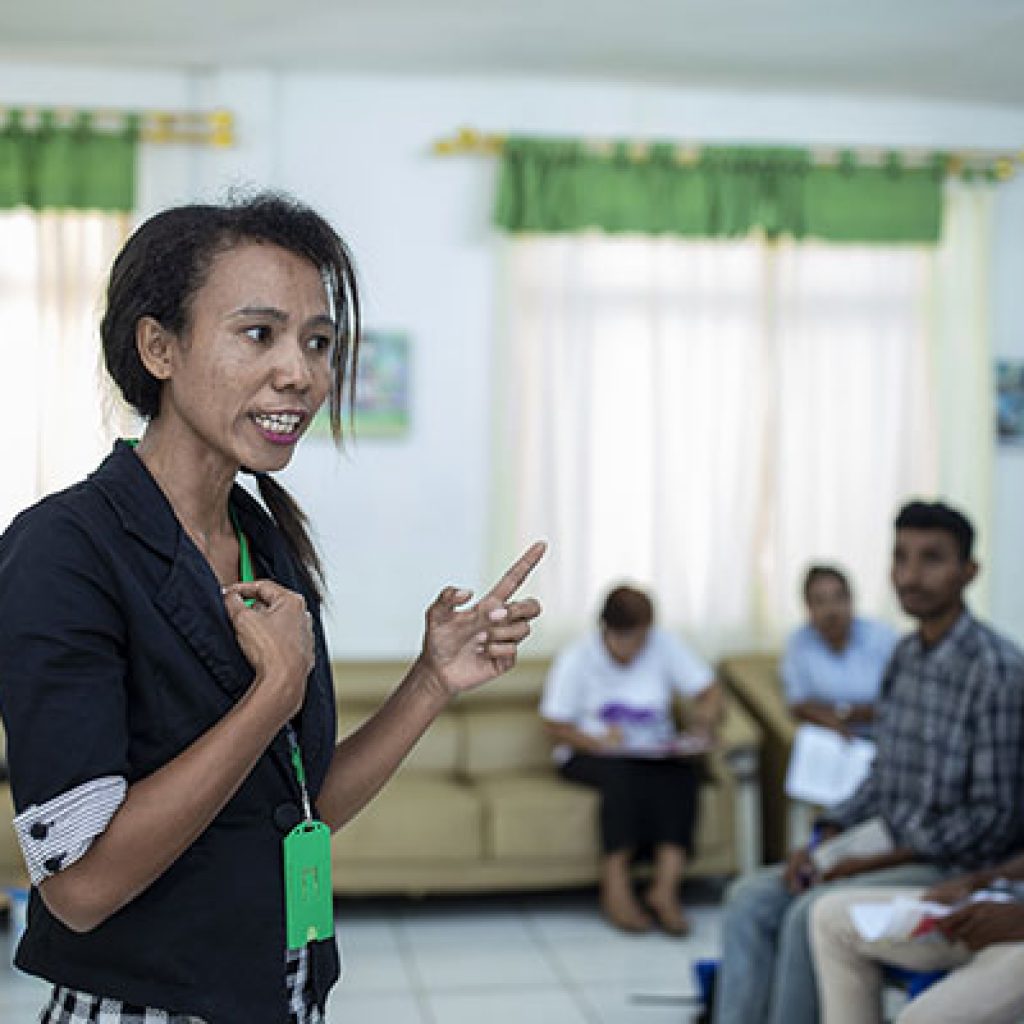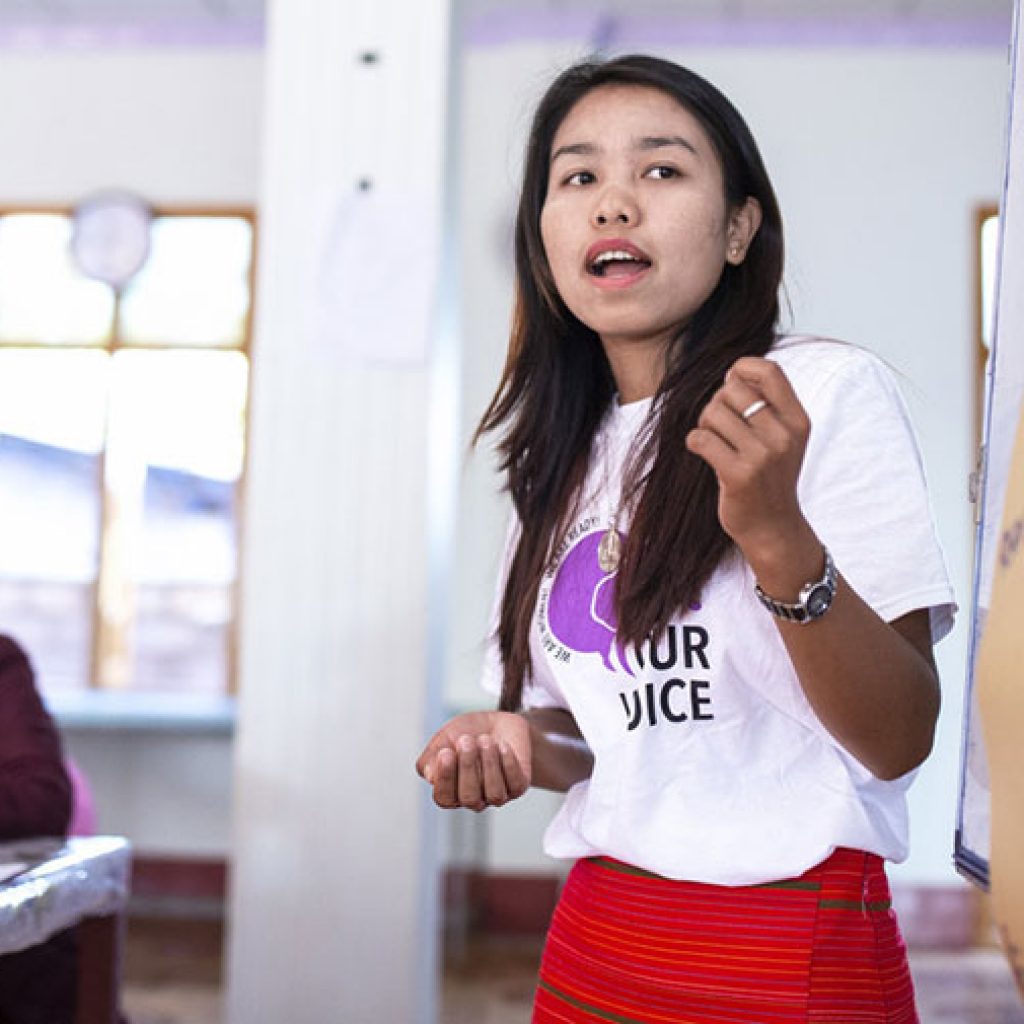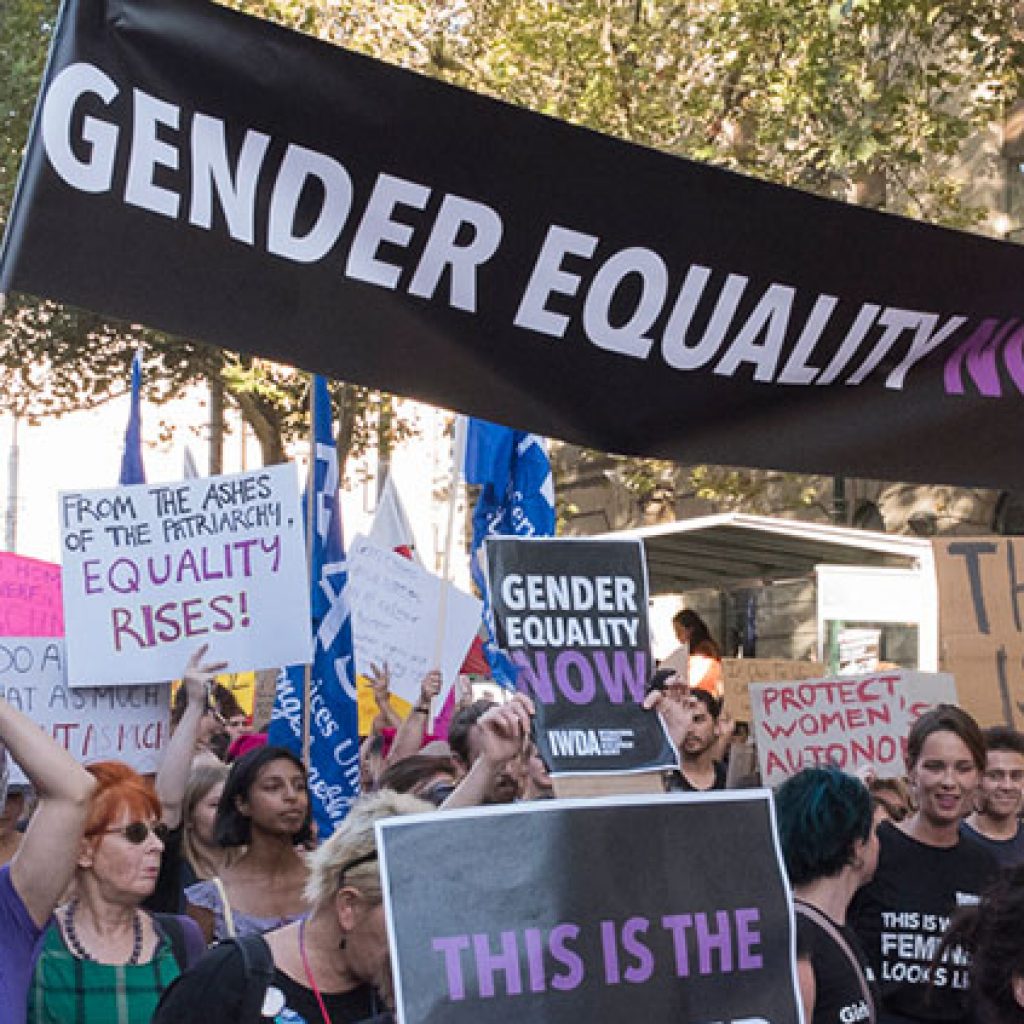
Women’s political representation: Do gender quotas work?
Across the globe, countries are increasingly using quotas to boost the number of women in parliaments. But in Australia many people – and political parties – hold strong opposing views to the use of quotas, arguing that quotas are anti-democratic or even discriminatory towards male leaders.
So are quotas the answer to increasing women’s political representation in Australia? And are they enough to shift deeply held views on women’s role in society? Research on community perceptions of women as leaders in the Asia-Pacific as part of IWDA’s Women’s Action for Voice and Empowerment (WAVE) program demonstrates that Australia might have more to learn from our neighbours than we think. IWDA’s Research, Policy and Advocacy team investigate.
Can quotas shift social norms about women’s role in society?
Quotas are not a new concept to be entering Australian politics, with debates in the Liberal party dating back to at least the 1970s.
However, social norms and attitudes around women’s role in society have prevented greater progress. We can see these prevailing attitudes reflected in leaders such as former Prime Minister John Howard, when he expressed his disapproval of quotas by stating “it’s a fact of society… women play a significantly greater part of filling the caring role in our communities.”
This idea of so-called traditional roles for women is common across many parts of the world. In Cambodia, while there is no quota for women’s representation at the national level, there is a quota for one woman member in sub-national politics. However, her role is limited to oversee ‘women’s and children’s issues’. This is the only quota in Cambodia and though it does raise the number of women at the commune level, their position does not influence decision-making.
In contrast, Timor-Leste has one of the highest representations of women in parliament globally and the highest in the Asia Pacific region, but quotas were only one of the tools used to achieve this significant feat.
The National Consultative Council, responsible for the representation and decision making of Timorese people, declined a 30% quota for women’s parliamentary representation in 2000. Following this, UN Agencies partnered with local women’s organisations to provide training to aspiring women candidates in political leadership roles. These agencies then urged political parties to place women higher on their party lists. Offering incentives such as increased media exposure, if parties included women candidates. In effect, women made up 27% of those elected in the first parliamentary elections in Timor-Leste.
By 2011, a quota required one woman to be elected for every three candidates. By 2018, 33.8% of candidates were women.
Since independence, women have continued to fight within, and against, political systems to increase the representation of women at national through to local levels of government. This includes pushing back against pre-existing gender norms and discrimination, which have continued to present a challenge in spite of the progress women have made.
For example, when women are elected to the parties, male leaders do not always provide women with real decision making power, despite her qualifications and skills. IWDA’s research uncovered the view held by some in Timor-Leste that political parties appoint women just to meet the quotas.
Quality and equality?
Quotas are not exclusive to parliaments. Sam Mostyn, the first woman appointed as an AFL Commissioner, expresses her struggles to overcome the boys club culture that often deters women from working in particular fields.
Mostyn says that initially she did not want to draw attention to the use of quotas, worrying that people would think she was elected because of the quota, not her abilities. However, she now believes that quotas are a tool to advance and improve gender equality. Being quiet and waiting for “a natural process whereby there are more women” will not work.
Mostyn also argues that quotas can help overcome the prevailing norm that women cannot take on certain roles. She had to meet the skills and experiences for her role as commissioner; she qualified for the job, the quota simply helped overcome the restrictions stemming from gender norms and bias.
As quotas work to increase the presence of women, the increased visibility of female leaders and of women speaking up influences other women to see themselves in these positions.
The debate about quotas surfaced again within the Liberal Party of Australia last year when Julie Bishop was unsuccessful at challenging for the party leadership. Though many in the Liberal Party identify that women have the talent to work in parliament, there remains reticence to addressing the under representation of women in the party through quotas.
By contrast, the ALP have had a quota since the 1990s. While the process was not uncontroversial, over time it has led to a significant increase in representation of women in parliament, from less than 10% in 1989 to 46% today.
Dominant social norms have a bias against women in parliament, which has traditionally been perceived to be a man’s role. Quotas allow women’s political participation to be guaranteed. However, cases such as Timor-Leste expose that quotas are only a first step. Quotas promote women’s participation, but we need deeper structural change to combat the prevailing gender norms in order for women to fully succeed.


